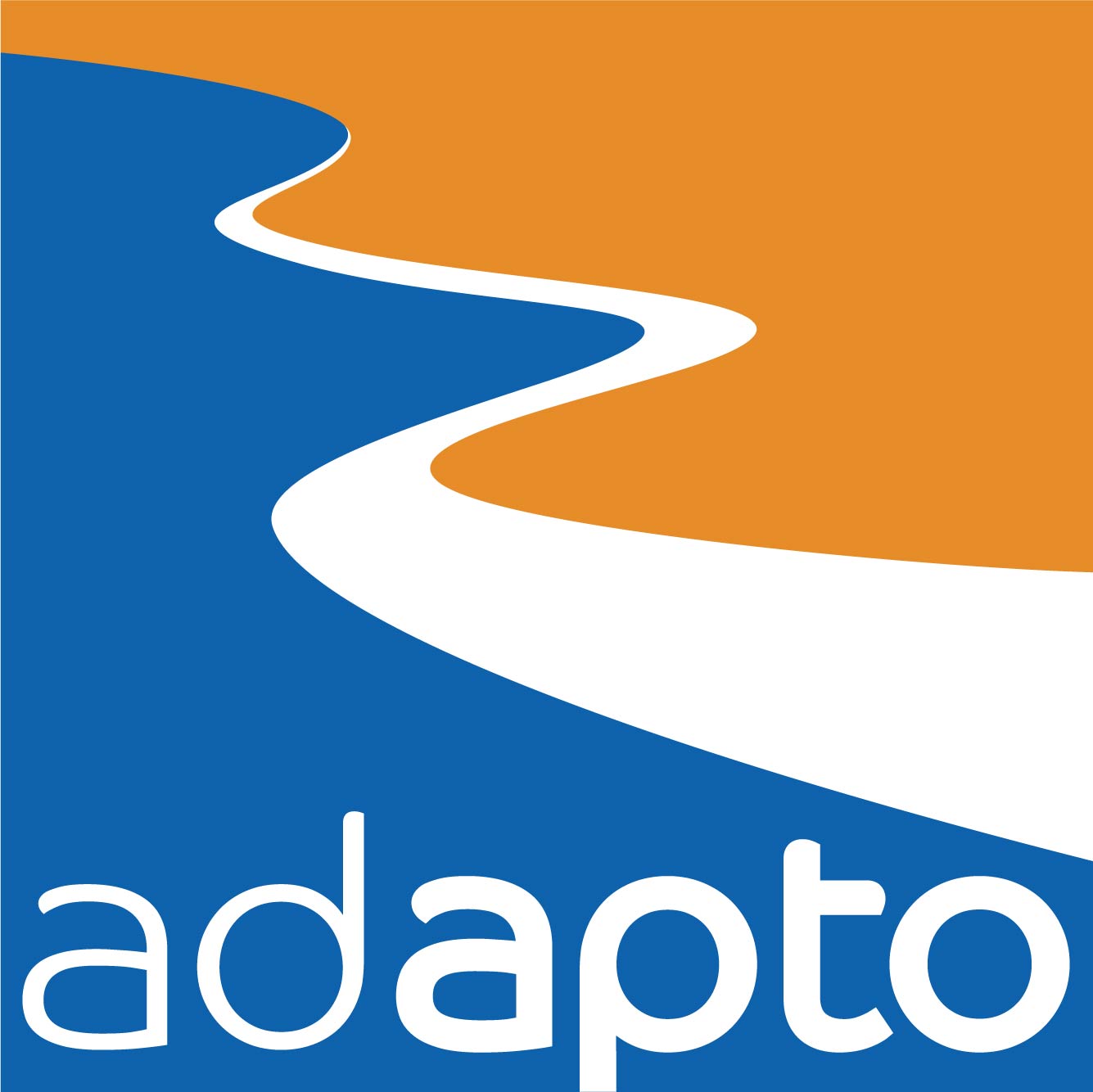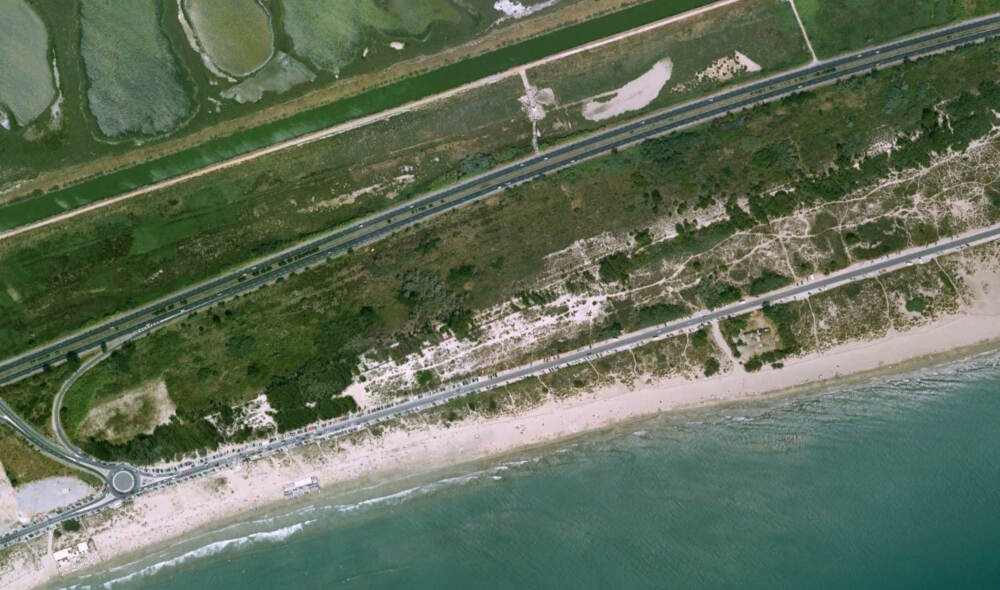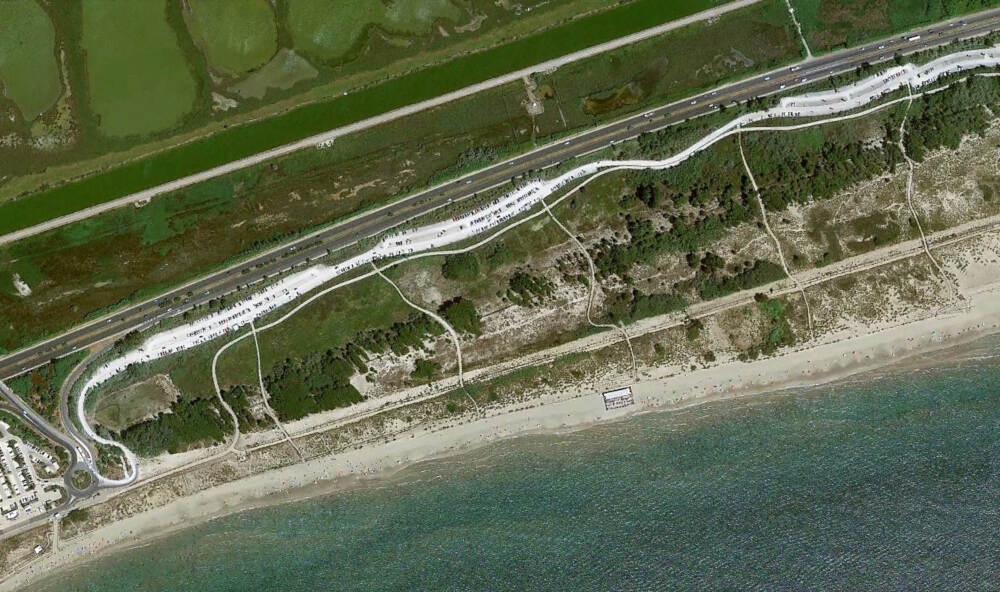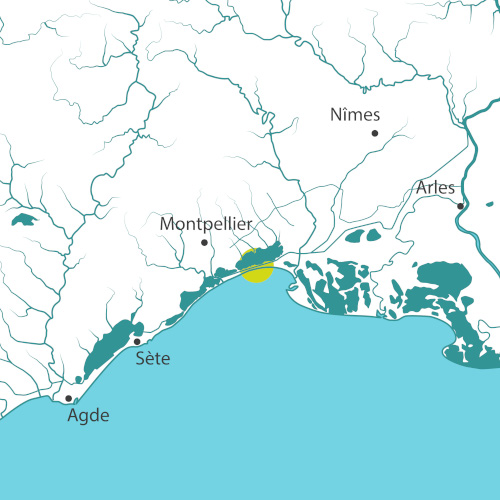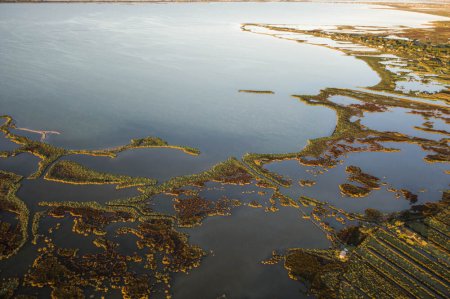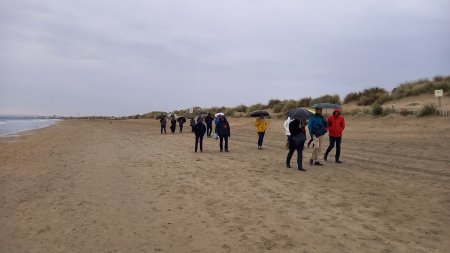A beach barrier is a sand bar that closes a lagoon. The one in Petit and Grand Travers is known as the Golden beach barrier and separates the Golden Pond from the Mediterranean Sea. It separates two strongly urbanized areas (Carnon and La Grande Motte) and offers a succession of dune bars, salt meadows and forests of great ecological, landscape and cultural value.
It is mostly the property of the Conservatoire du Littoral which has been working on this site since 1976.
The site of the beach barrier of Petit and Grand Travers belongs to a larger sedimentary cell (Bay of Aigues Mortes) which is regularly subject to erosion.
In 2008, the Département of Hérault undertook emergency works in the entire bay, where beaches and dune bars threatened to no longer fulfil their role as a natural barrier against marine submersion. A vast reloading operation was carried out: one million cubic meters of sediments brought by the Rhône River were extracted and then discharged in four sectors of the Bay of Aigues Mortes (with an estimated profit of between 300,000 and 400,000 cubic meters for the Golden beach barrier).
The beach barrier sustainable development program, studied and planned for 10 years, led in 2015 to the regeneration of the dune and the complete reorganization of the access to the site. The key element of this operation is the destruction of a section of the road built on the dune, which allowed the natural dynamics to happen again. Download the file
Project for the site
The site of Petit and Grand Travers is one of the most advanced examples of the adapto project. The extensive works carried out from 2003 to 2015 are the result of a common will between the Conservatoire and its partners (Department of Hérault, municipalities of Mauguio-Carnon and La Grande Motte, Urban Community of Pays de l’Or).
This site will therefore provide return on experience for other sites in the adapto network. A site story will consolidate the memory of the site’s history and organize a handover between the different generations of stakeholders and will be based on the important work of consultation. In addition, the site deserves local support to pursue this consultation dynamic and keep on being an experimental and innovative site in terms of adaptive coastal management.
The project also plans to monitor the evolution of the environment under the influence of a more flexible and spontaneous natural dynamic and also the perception of the users in the context of their experience and appropriation of a project of this kind. Finally, a prospective study will evaluate the relevance of different scenarios of development of the Grand Travers integrating economy, biodiversity, and landscape, environmental, societal, legal and administrative aspects.
Site chronicle
December 2018: Adapto day in Occitanie, awareness raising of the elected officials on a site developed so as to adapt to climate change: The Petit and Grand Travers.
20 elected officials from different territories exchange on the experience gained at Petit and Grand Travers. Download the file (Adapto day in Occitanie).
February 2019: Work of the students of the Coastal and Sea Management Master at the University of Montpellier: collection of historical data generated during the consultation on the project of rehabilitation of the Golden beach barrier.
May 2019: aerial photo campaign by kite (see news).
